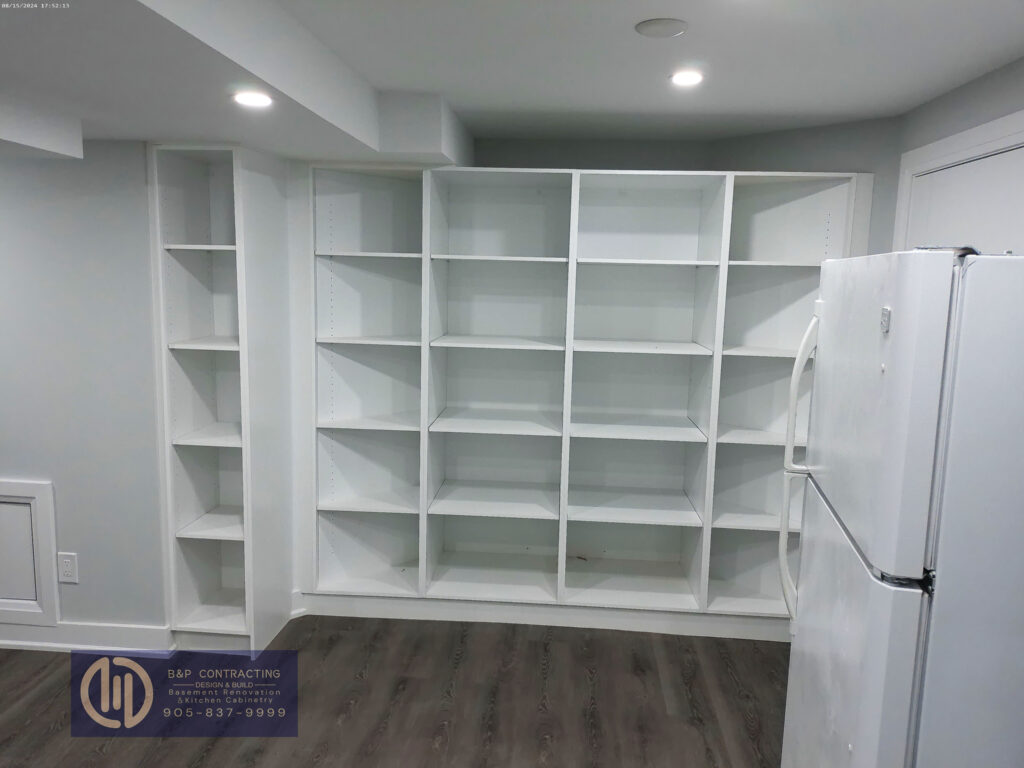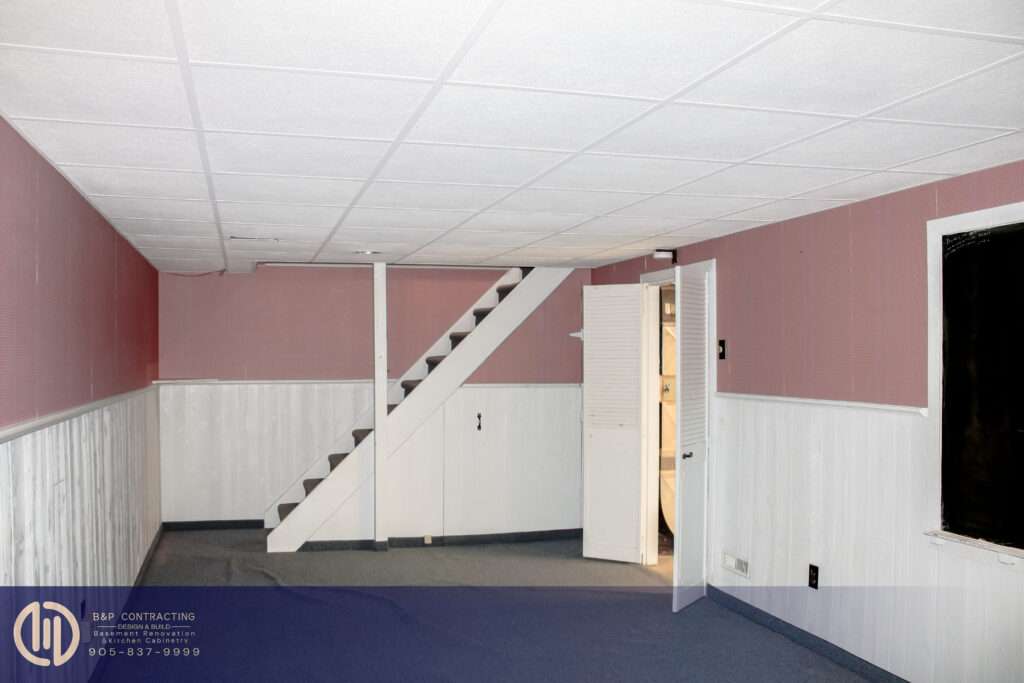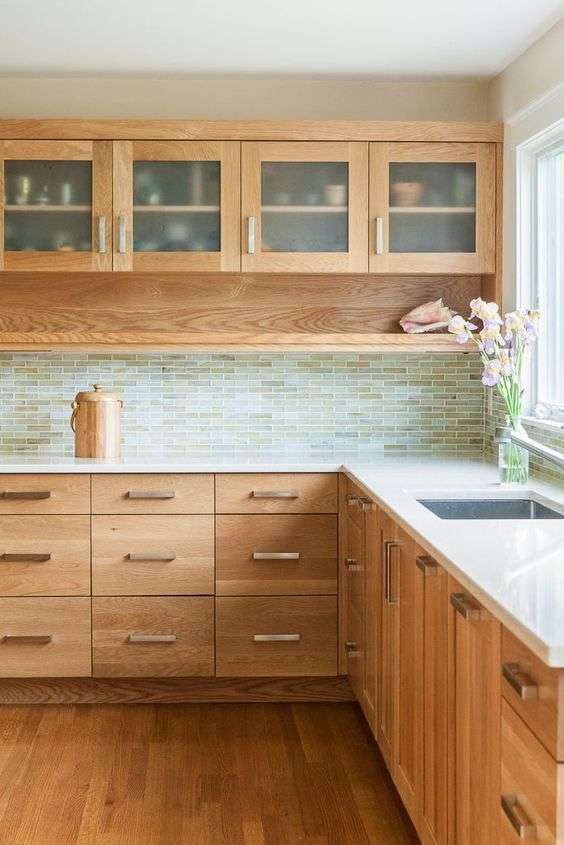Creative Basement Storage Ideas
Basements are one of the most versatile spaces in any home. Whether you’re working with a fully finished basement or an unfinished one, this often-overlooked area holds incredible potential for storage solutions. With a little creativity and planning, your basement can transform into a highly organized and functional space. Here are some innovative basement storage […]
Creative Basement Storage Ideas Read More »



